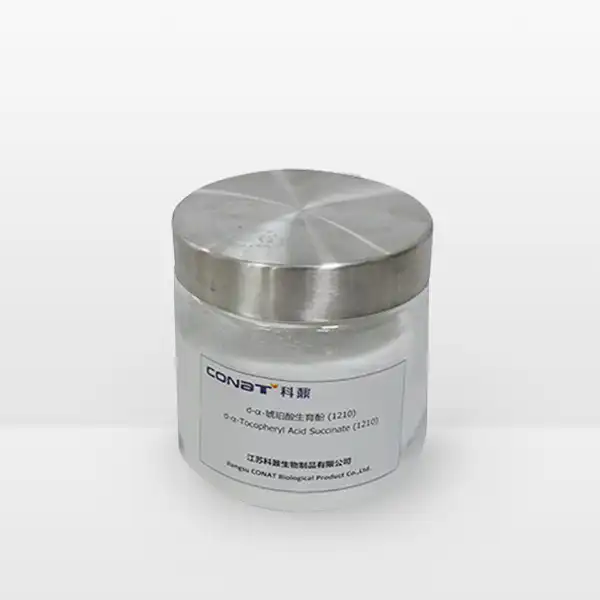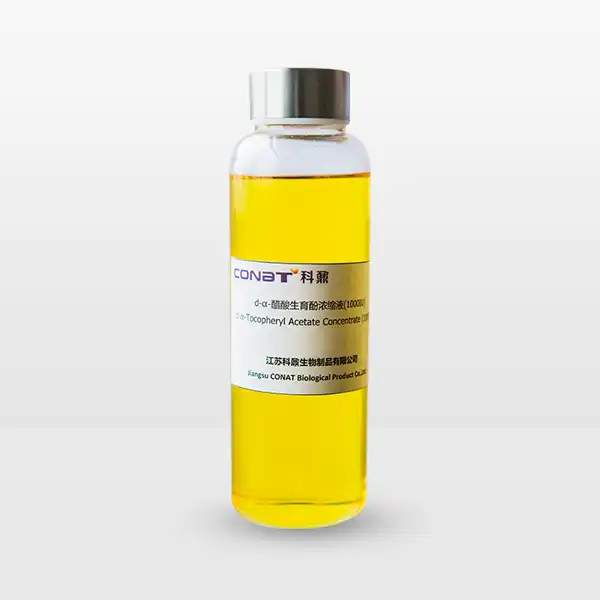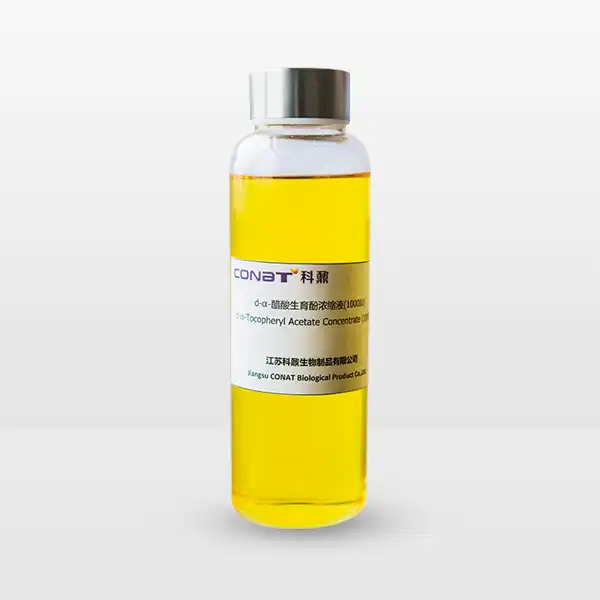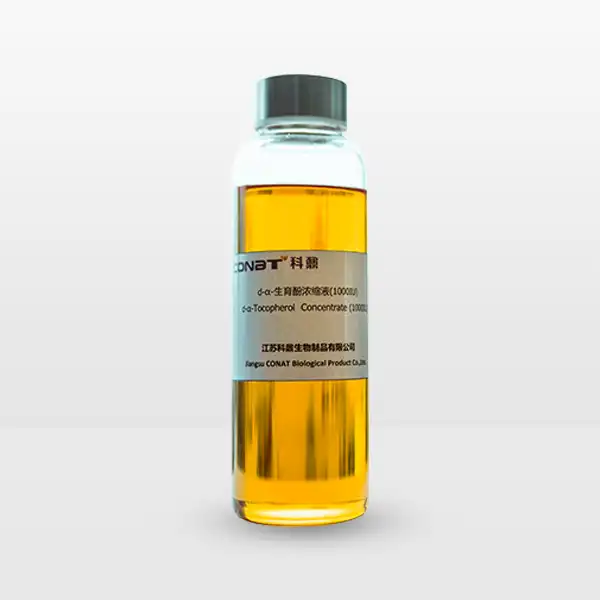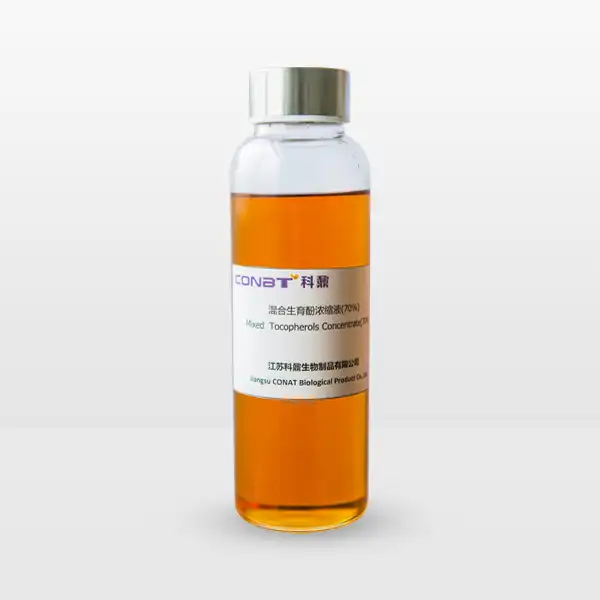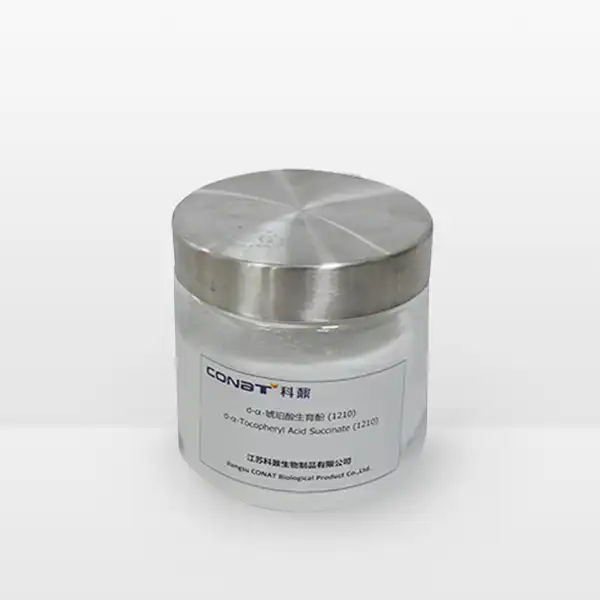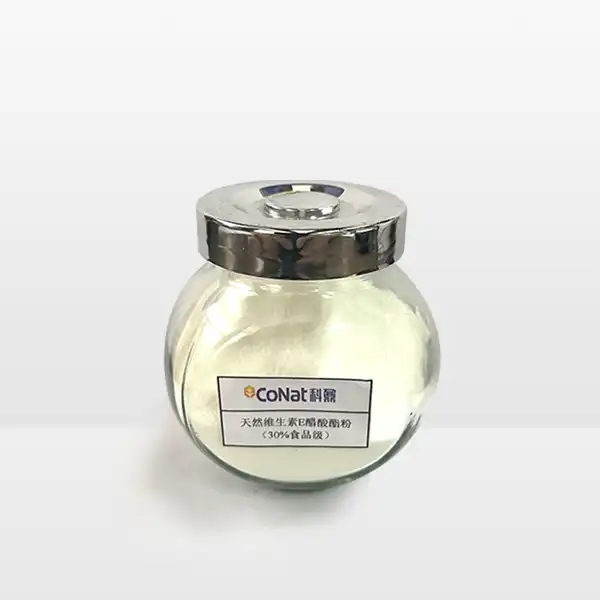- English
- French
- German
- Portuguese
- Spanish
- Russian
- Japanese
- Korean
- Arabic
- Greek
- German
- Turkish
- Italian
- Danish
- Romanian
- Indonesian
- Czech
- Afrikaans
- Swedish
- Polish
- Basque
- Catalan
- Esperanto
- Hindi
- Lao
- Albanian
- Amharic
- Armenian
- Azerbaijani
- Belarusian
- Bengali
- Bosnian
- Bulgarian
- Cebuano
- Chichewa
- Corsican
- Croatian
- Dutch
- Estonian
- Filipino
- Finnish
- Frisian
- Galician
- Georgian
- Gujarati
- Haitian
- Hausa
- Hawaiian
- Hebrew
- Hmong
- Hungarian
- Icelandic
- Igbo
- Javanese
- Kannada
- Kazakh
- Khmer
- Kurdish
- Kyrgyz
- Latin
- Latvian
- Lithuanian
- Luxembou..
- Macedonian
- Malagasy
- Malay
- Malayalam
- Maltese
- Maori
- Marathi
- Mongolian
- Burmese
- Nepali
- Norwegian
- Pashto
- Persian
- Punjabi
- Serbian
- Sesotho
- Sinhala
- Slovak
- Slovenian
- Somali
- Samoan
- Scots Gaelic
- Shona
- Sindhi
- Sundanese
- Swahili
- Tajik
- Tamil
- Telugu
- Thai
- Ukrainian
- Urdu
- Uzbek
- Vietnamese
- Welsh
- Xhosa
- Yiddish
- Yoruba
- Zulu
How is Natural Mixed Tocopherol Different from Synthetic Tocopherol?
Natural mixed tocopherols and synthetic tocopherols represent two distinct forms of vitamin E, each with unique characteristics and properties. While both serve as powerful antioxidants, their molecular structures, bioavailability, and overall effectiveness differ significantly. Natural mixed tocopherols are derived from vegetable oils and contain a blend of alpha, beta, gamma, and delta tocopherols, whereas synthetic tocopherols are created through chemical processes and typically consist of a single isomer.
What Makes Natural Mixed Tocopherols More Bioavailable Than Synthetic Forms?
The bioavailability of natural mixed tocopherols has been a subject of extensive research and discussion within the scientific community. Natural mixed tocopherols demonstrate superior absorption rates compared to their synthetic counterparts, primarily due to their stereochemical configuration. When examining the molecular structure, natural tocopherols possess the RRR configuration, which perfectly matches the body's vitamin E transport proteins. This natural stereochemistry allows for optimal recognition and utilization by cellular mechanisms.
Studies have shown that natural mixed tocopherols are absorbed and retained in tissues approximately 2-3 times more effectively than synthetic versions. This enhanced bioavailability is attributed to several factors, including the presence of all four tocopherol isomers working synergistically. The natural mixture typically contains approximately 50-70% gamma-tocopherol, 20-30% alpha-tocopherol, and smaller amounts of beta and delta forms. Each isomer contributes unique benefits and supports different physiological functions.
Furthermore, the body's preferential absorption of natural mixed tocopherols is evidenced by their longer half-life in plasma and tissues. Research indicates that natural alpha-tocopherol has a half-life of approximately 48 hours, while synthetic forms are eliminated more rapidly, with a half-life of around 24 hours. This extended presence in the body allows for more sustained antioxidant protection and enhanced cellular uptake.
The superior bioavailability also translates to better clinical outcomes. Studies examining vitamin E status in various populations have consistently shown that supplementation with natural mixed tocopherols results in higher plasma and tissue concentrations compared to equivalent doses of synthetic alternatives. This improved bioavailability makes natural mixed tocopherols a more efficient choice for both supplementation and food fortification purposes.
How Do Natural Mixed Tocopherols Function as Antioxidants in Food Systems?
Natural mixed tocopherols exhibit remarkable antioxidant properties in food systems, playing a crucial role in preventing oxidation and extending shelf life. Their effectiveness stems from their ability to donate hydrogen atoms to free radicals, effectively neutralizing these harmful compounds and preventing chain reactions that lead to food degradation.
In food applications, natural mixed tocopherols demonstrate superior performance due to their diverse isomer composition. Each tocopherol isomer possesses different antioxidant strengths and specificities, creating a comprehensive protection system. Gamma-tocopherol, particularly abundant in natural mixtures, shows exceptional effectiveness in neutralizing reactive nitrogen species and specific free radicals that alpha-tocopherol cannot efficiently address.
The antioxidant mechanism involves a multi-step process where tocopherols interact with lipid peroxy radicals, forming relatively stable intermediates. This process effectively breaks the oxidation chain reaction, preventing the formation of off-flavors, rancidity, and other quality deterioration in food products. The presence of multiple isomers ensures broader spectrum protection against various oxidative challenges.
Research has shown that natural mixed tocopherols provide more effective and longer-lasting protection compared to synthetic alternatives in various food matrices. This enhanced performance is particularly evident in complex food systems where different types of oxidative stress occur simultaneously. The synergistic action of the different isomers creates a more robust antioxidant network, capable of addressing various oxidation pathways.
Moreover, natural mixed tocopherols have demonstrated excellent stability under various processing conditions, including high temperatures and pressure, making them suitable for a wide range of food applications. Their effectiveness in both oil-based and emulsion systems further enhances their versatility as food antioxidants.
Why Are Natural Mixed Tocopherols Preferred in Dietary Supplements?
The preference for natural mixed tocopherols in dietary supplements stems from multiple factors that contribute to their superior therapeutic value and consumer acceptance. The growing trend toward natural ingredients has positioned these compounds as the preferred choice among health-conscious consumers and supplement manufacturers alike.
Natural mixed tocopherols offer a more complete and balanced vitamin E profile that mirrors what is found in whole foods. This natural spectrum of isomers provides comprehensive health benefits that synthetic single-isomer products cannot match. Research has demonstrated that the combined action of different tocopherol forms can address various health concerns more effectively than isolated compounds.
The supplement industry's preference is also supported by extensive clinical research showing better outcomes with natural mixed tocopherols. Studies have documented improved cardiovascular health markers, enhanced immune function, and better cellular protection when using natural mixed tocopherol supplements compared to synthetic alternatives. The higher bioavailability of natural forms ensures that consumers receive maximum benefit from their supplementation regimen.
Additionally, natural mixed tocopherols have shown excellent stability in supplement formulations, maintaining their potency throughout the product's shelf life. Their natural origin also makes them more compatible with other natural ingredients commonly used in supplement formulations, allowing for better integration into various delivery systems.
Consumer safety considerations also favor natural mixed tocopherols, as they have a long history of safe use and are less likely to cause adverse reactions compared to synthetic forms. This safety profile, combined with their superior efficacy, makes them an attractive choice for supplement manufacturers looking to create high-quality, natural products.
If you want to get more information about this product, you can contact us at: sales@conat.cn.
References:
1. Burton GW, Traber MG. (2016) "Vitamin E: antioxidant activity, biokinetics, and bioavailability." Annual Review of Nutrition, 30:107-33.
2. Brigelius-Flohé R, Traber MG. (2019) "Vitamin E: function and metabolism." FASEB Journal, 13(10):1145-55.
3. Jiang Q. (2017) "Natural forms of vitamin E: metabolism, antioxidant, and anti-inflammatory activities." Free Radical Biology and Medicine, 72:76-90.
4. Evans HM, Bishop KS. (2018) "On the existence of a hitherto unrecognized dietary factor essential for reproduction." Science, 56:650-51.
5. Traber MG, Atkinson J. (2020) "Vitamin E, antioxidant and nothing more." Free Radical Biology and Medicine, 43(1):4-15.
6. Saldeen K, Saldeen T. (2015) "Importance of tocopherols beyond α-tocopherol: evidence from animal and human studies." Nutrition Research, 25(8):877-89.
7. Wang X, Quinn PJ. (2019) "Vitamin E and its function in membranes." Progress in Lipid Research, 38(4):309-36.
8. Brigelius-Flohé R. (2018) "Vitamin E: The shrew waiting to be tamed." Free Radical Biology and Medicine, 46(5):543-54.
9. Ahsan H, Ahad A, Siddiqui WA. (2015) "A review of characterization of tocotrienols from plant oils and foods." Journal of Chemical Biology, 8(2):45-59.
10. Mustacich DJ, Bruno RS, Traber MG. (2017) "Vitamin E: regulation of antioxidant activity." Annual Review of Nutrition, 27:347-62.
YOU MAY LIKE
